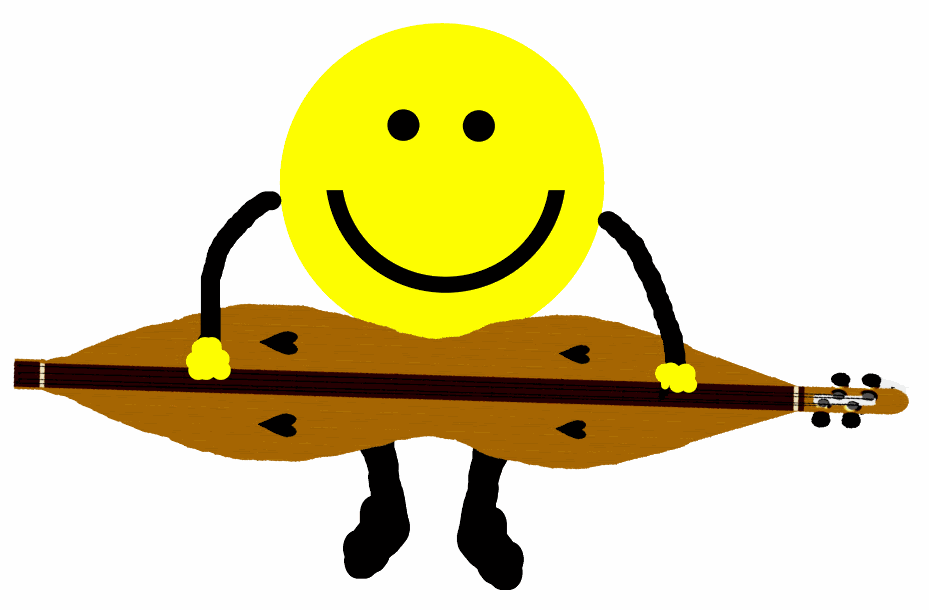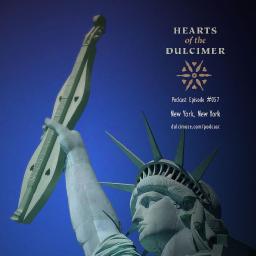Best instruction material?
Dulcimer Resources:TABS/Books/websites/DVDs
Steven......I've read some of these posts and I'll share what Kerry Coates told me before she passed on (Such a gracious soul and sorely missed). She built my first dulcimer years ago and told me to get Larkin Bryant's book which I did. (Sadly, Larkin has gone on too and another great loss). Anyway, after working with that book and ending up in a bit of a dither Kerry said, "Look, just play the darn thing". So I tuned it up to DAA and made all sorts of noise.
She was exactly right! After a week or two you'll get the hang of it and like she said, "tunes will come to you and you won't feel all flustered."
Now books, and there are tons of them, can help you learn all sorts of stuff. Some will make you crazy at first but sooner or later you'll find one or parts of many that will ring your bell and your journey is off and running.
I remember all the silly stuff I did when I first took a stab at playing this thing. I'd buy new strings, (OK, I broke few trying to figure out the difference between G and g; DAA, DAD, CGG and all that.........then I figured well it must be the instrument or the pick or the noter, maybe the tuner; all that sort of stuff. Don't fall into that that trap if you can help it. (I'll bet I'm not the only one who has done that and I believe that Dulcimer Acquisition Disease may be rooted here). I don't know much about modes. (The only mode I care about at this point is "a la mode", preferably apple and vanilla.)
The truth of the matter is that playing a dulcimer is for enjoyment. I'll never be a great player like those I see on youtube or other video platforms, but it's fun and the bottom line for me is........."who cares what folks think." One you reach that level of comfort, you can sing along and you might be surprised at how small or large your audience will be.........in my case it's just the old hound dog......the cats scram and flee to the great outdoors. (My wife just puts on headphones and listen to whatever).
Now ya'll don't get me wrong, what I'm saying is this, "Just go slow and as one feller out here in the woods one remarked, "a good outhouse ain't built in a day".
Don't get discouraged...just have fun!! And by the way........welcome to this great group, "wheez glad yer here"!!!
BTW.....
For those who have asked, that old hound is still getting over the nasty Rattlesnake bite and the University of Florida Vet Hospital is pleased that I've paid their light bill for the month. The good news is that will end in another few weeks.




 lolol
lolol